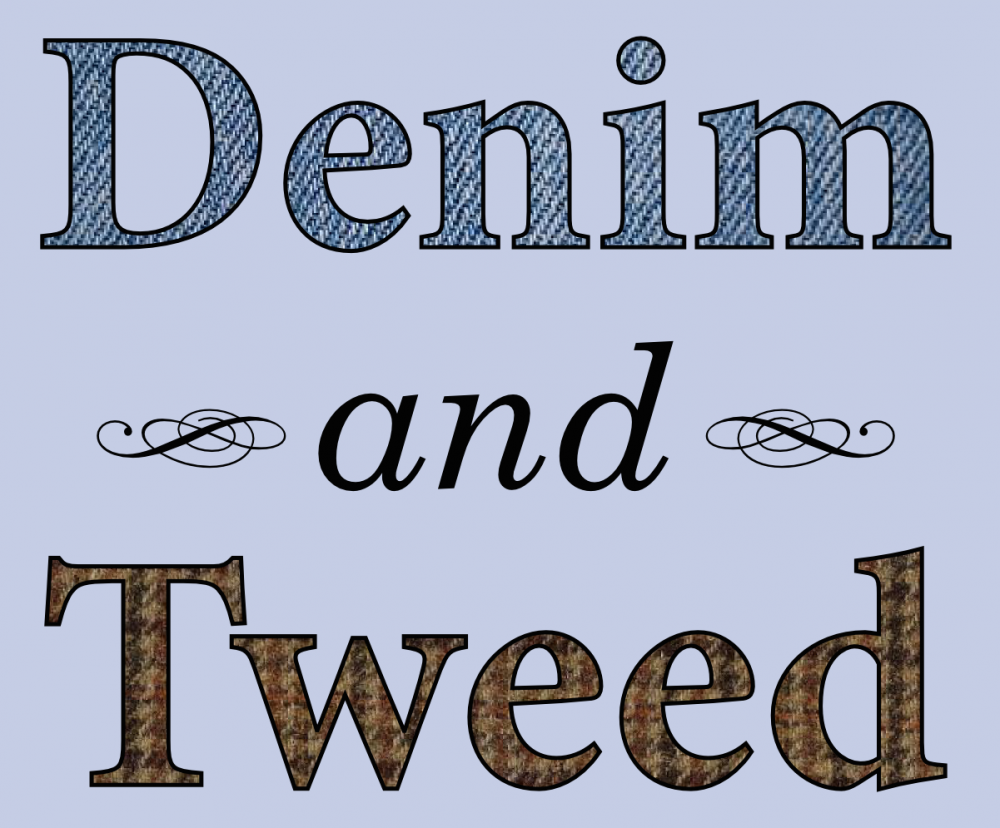 The language of evolution. Photo by CharlesFred.
The language of evolution. Photo by CharlesFred.This week at the collaborative blog Nothing in Biology Makes Sense, guest contributor James Winters describes the considerable inter-relationships between evolutionary biology and the study of human language.
Darwin recognised, along with several other linguists of the period such as August Schleicher and Mikołaj Kruszewski, that language falls under the remit of evolutionary principles. Since then, there has been a renewed and growing interest in evolutionary (Croft, 2000) and ecological (Mufwene, 2000) theories of language change, with biological, cultural and linguistic forms of evolution being captured by the more general rubric of Complex Adaptive Systems. … it is the capacity to evolve and adapt that differentiates language and biology from these other systems, with the key concept being their ability to learn: past experiences filter through, or influence, future states of the system due to cumulative amplification dynamic (Deacon, 2010).
To find out more, go read the whole thing. ◼









